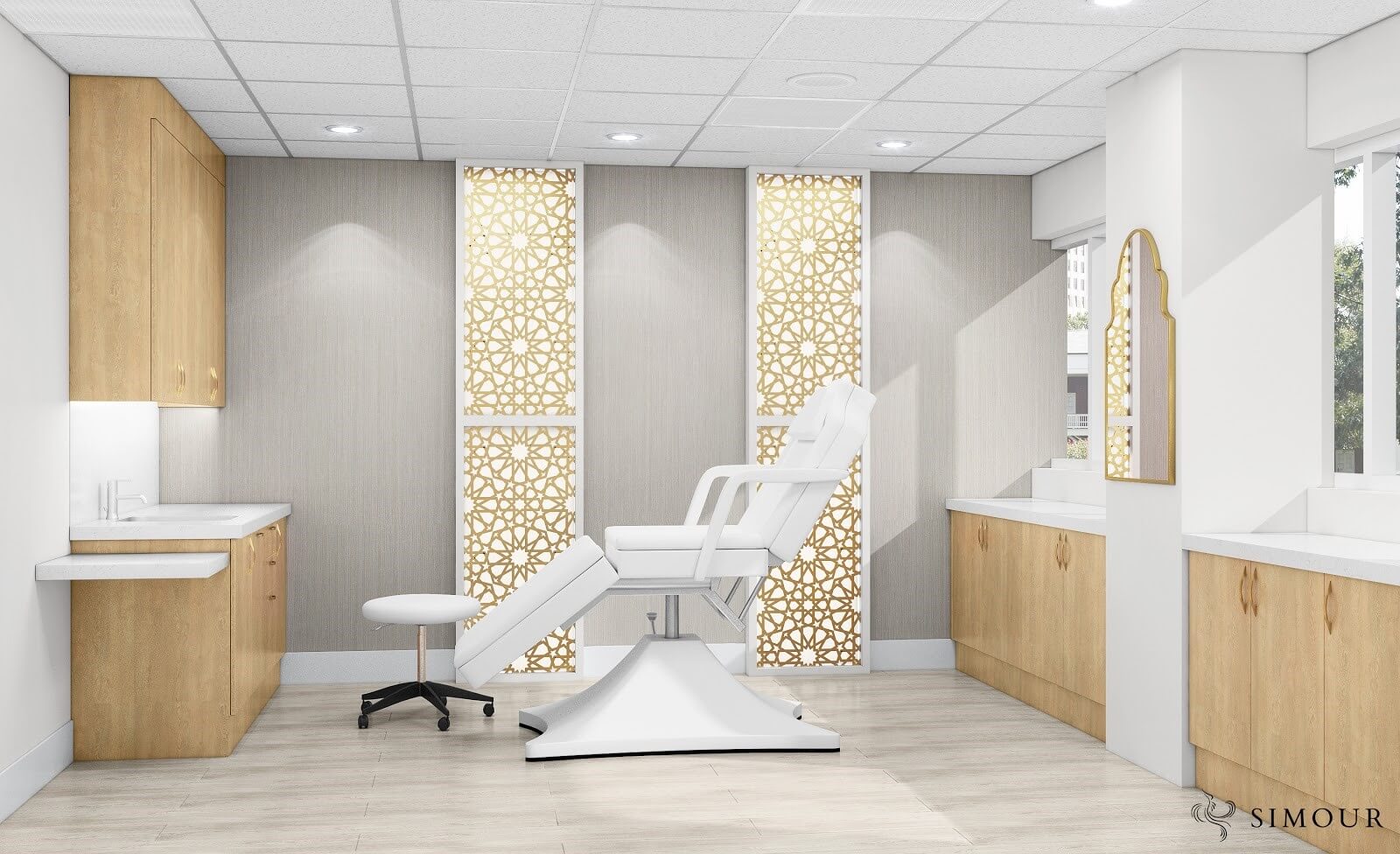When we talk about designing with intention, we mean implementing care in the total experience for you, your team, and your patients. Noise is an unwanted distraction and at unusually high levels, it can even be referred to as a type of pollution. This is a concern you want to keep under control, because it may end up disrupting the experience you are trying to achieve.
Bring down the noise in your medical space by looking into these three S’s that will reduce the noise levels into your medical space.
-
Space Planning
Reducing noise level is an important consideration to think about, especially at the onset of the project. Keep noise reduction in mind while considering space planning. Identify the immediate surroundings where possible sources of noise may originate, whether it be noisy exam rooms where you perform surgery, printers, call centers, or your break room. Then arrange your space in such a way that you orient the waiting room, consultation room and restroom away from these noises.
Consider your focal points as mentioned in our past blog. You want to control the experience of your patients by isolating these focal point rooms from the rest of the noise or distractions. Shield your vital spaces by buffering with walls or entire rooms as an effective sound barrier. -
Solutions
As mentioned in our lighting blog, the study of sound or acoustics is a science all on its own. Think of sound as waves of energy that travel from the source into your ears, bouncing along any surfaces on the way there. If stopping them from the source using prevention or isolation is out of the question, then look to its path to absorb and minimize. Add absorptive surfaces, soft carpets, and padded walls – they minimize reverberation, or the echo you typically hear in large empty spaces. Fabrics in the chairs or draperies are other examples of soft surfaces. Aside from being decorative, plants also have sound-absorbing qualities. If you have a hard surface like a tiled floor, use commercial grade carpets that stand up to foot traffic and dissipate sound to remove distractive echoes.
Acoustical solutions such as sound panels are available on the market and usually come as padded panels that function as art with the right placement. Consult with a professional to see how these solutions can work for your requirements. They come in many options and designs so you have the choice to make it harmonize with your space. -
Structure
If you are in the phase of renovating or building, ask your contractor about insulation. They are more often known for their thermal properties but the right insulation placed inside your walls can do wonders for noise reduction. Minimizing external noise and sound between rooms is important for privacy as well as comfort.
Remember that it’s all about keeping the experience pleasant for everyone who comes into your healing space. After reading, take a moment to stop what you’re doing for 15 seconds, and listen. What do you hear? Do you have a noise problem that needs to be resolved? Clarify what improvements can be made and feel free to consult a designer regarding your specialized solution.




